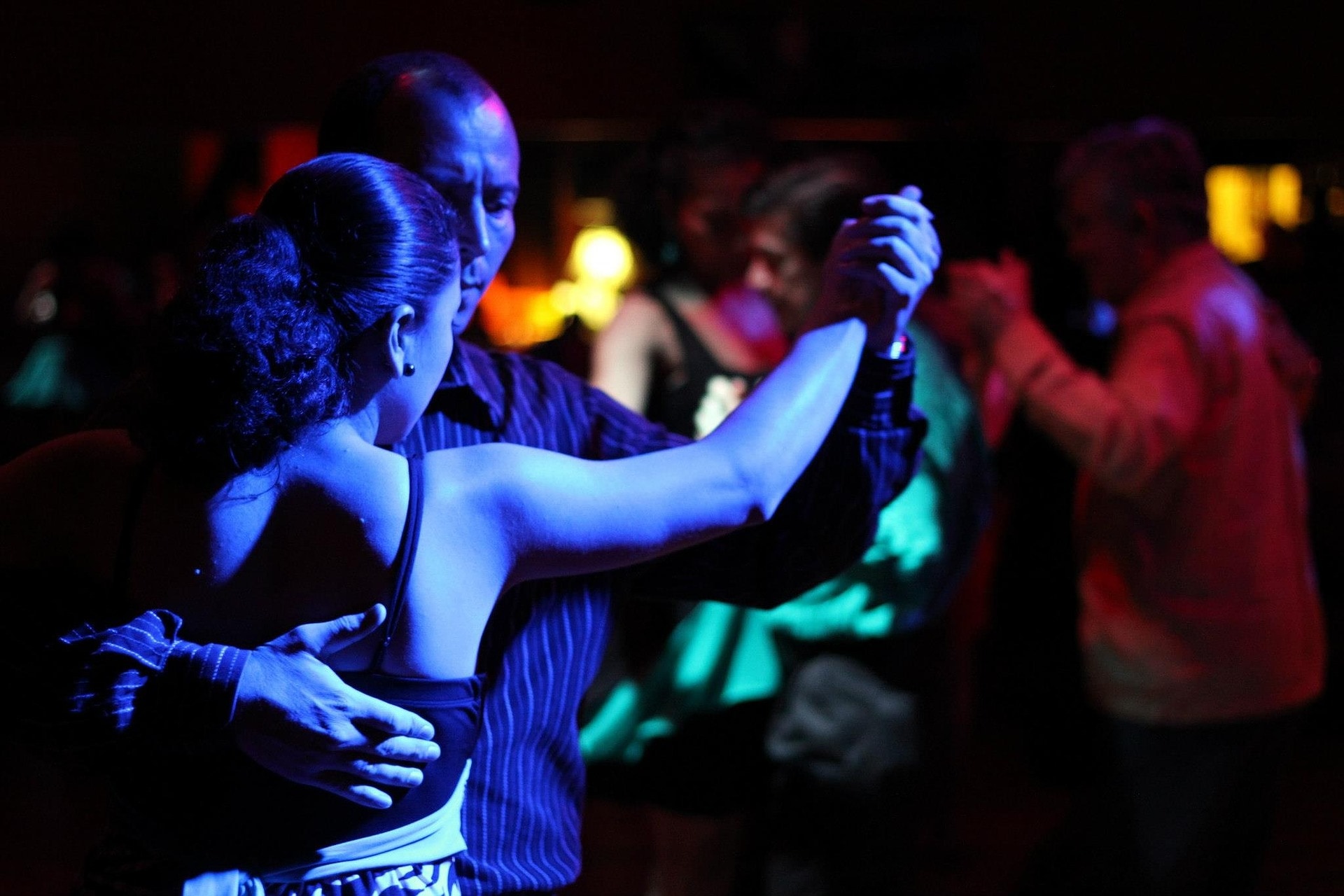As someone who loves to dance Argentine Tango, I was drawn to this this recent article in the New York Times about how feminists in Argentina are reshaping tango. Here is my take on the views expressed in this article about the patriarchal culture of Tango and issues like “How much touch is too much?”
First, please don’t let’s get all politically correct and get vigilant about “touch” in tango. Tango is a close dance: you have to literally feel your partner’s body cues. If you want to avoid intimate touch, then best to choose another dance.
(That being said, in 15 years of dancing I have never experienced inappropriate touch on the dance floor anywhere in the world. After all, the dance floor is a very public place.)
And, yes, there is a machismo culture in tango, especially in stage or performance tango, which is what the public sees most. This tango is all totally choreographed dramatic moves filled with phoney romantic angst and presents a parody of cliched romantic passion. But real tango, called Tango de Salon, is all about connection, like real love relationships. When done well it is all about attunement and responsiveness, and it is improvised in the moment. The dance is sensual, but not sexually charged, per se.
Tango is just like love relationships, gay or straight: a love relationship is all about emotional connection and moving together.
In terms of same-sex couples dancing together, the negative views expressed by the gentleman quoted later in the article are out-of-date and even bizarre, since tango started in Buenos Aires with men dancing with men. There were just not that many women around when the thousands of working immigrants streamed into that city early in the 20th century and merged their European music and dance styles with the songs of the gauchos and the black slaves.
For myself, I love dancing with women. They are often gentler and more focused on the connection. And I love watching two men dance – it has a different quality but it is still intimate play. This again is just like love relationships, gay or straight: a love relationship is all about emotional connection and moving together.
Given that in a typical milonga (a tango dance social), female dancers often outnumber males by at least two-to-one, the place many women feel demoralized and “less than” comes from the tradition of cabaceo, where the woman must sit and wait until the man signals non-verbally that he wishes to dance with her. This passive role and the lack of active choice does not seem to fit with modern female empowerment. Some of us break the rule and just stand up and go ask a man to dance.
To do this, you have to be okay with the fact that they may refuse, hence the maxim, “Tango is for those who do not have enough rejection in their everyday lives.” Men also take a risk when inviting a woman to dance, but refusal is usually just a woman looking in the other direction and the men can very easily find other partners.
Tango is changing. Young people in the big cities around the world are stepping outside the rules and changing the moves, along with the rules.
They know that the aim in tango is to find synchrony – to be able to move together seamlessly, in safety, reading each other’s intentions, mirroring the other in time to beautiful emotional music.
We are bonding mammals and our nervous systems turn on to the kind of connection so readily available in tango, and recognise it. It is called JOY!

